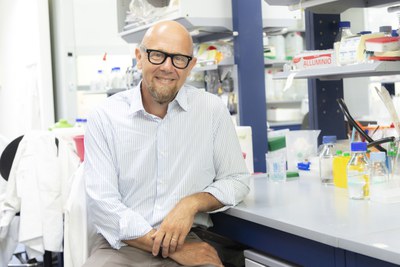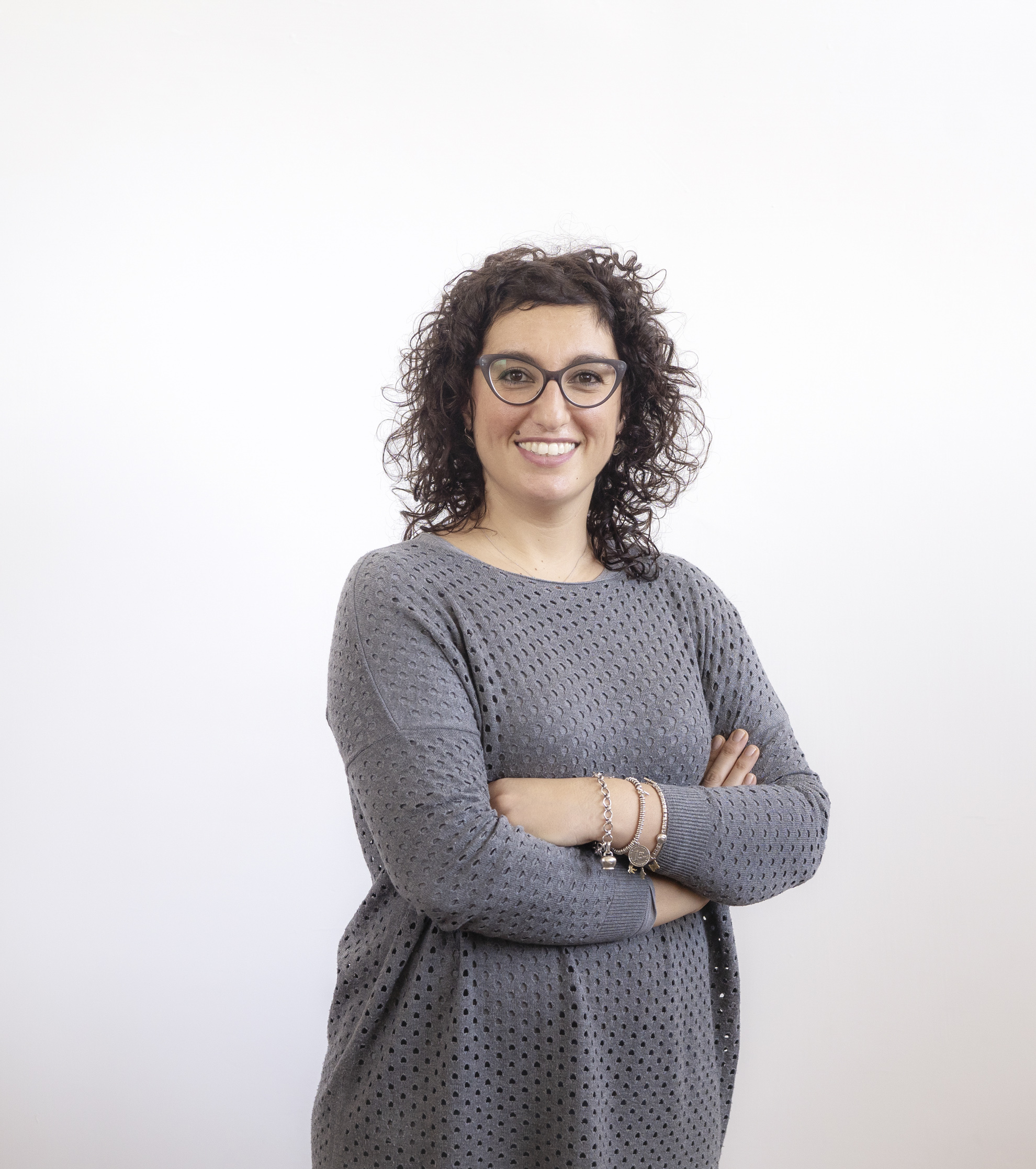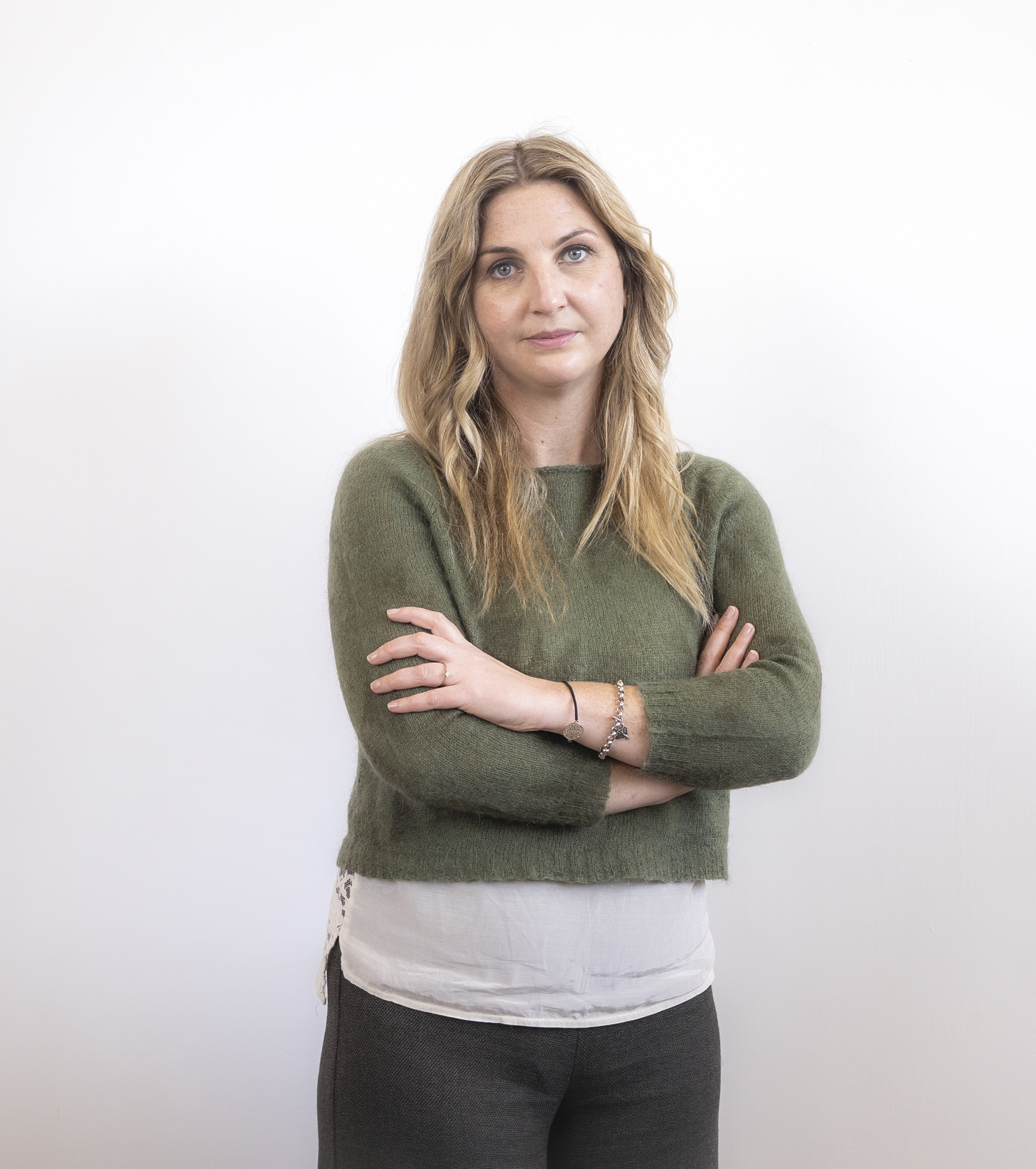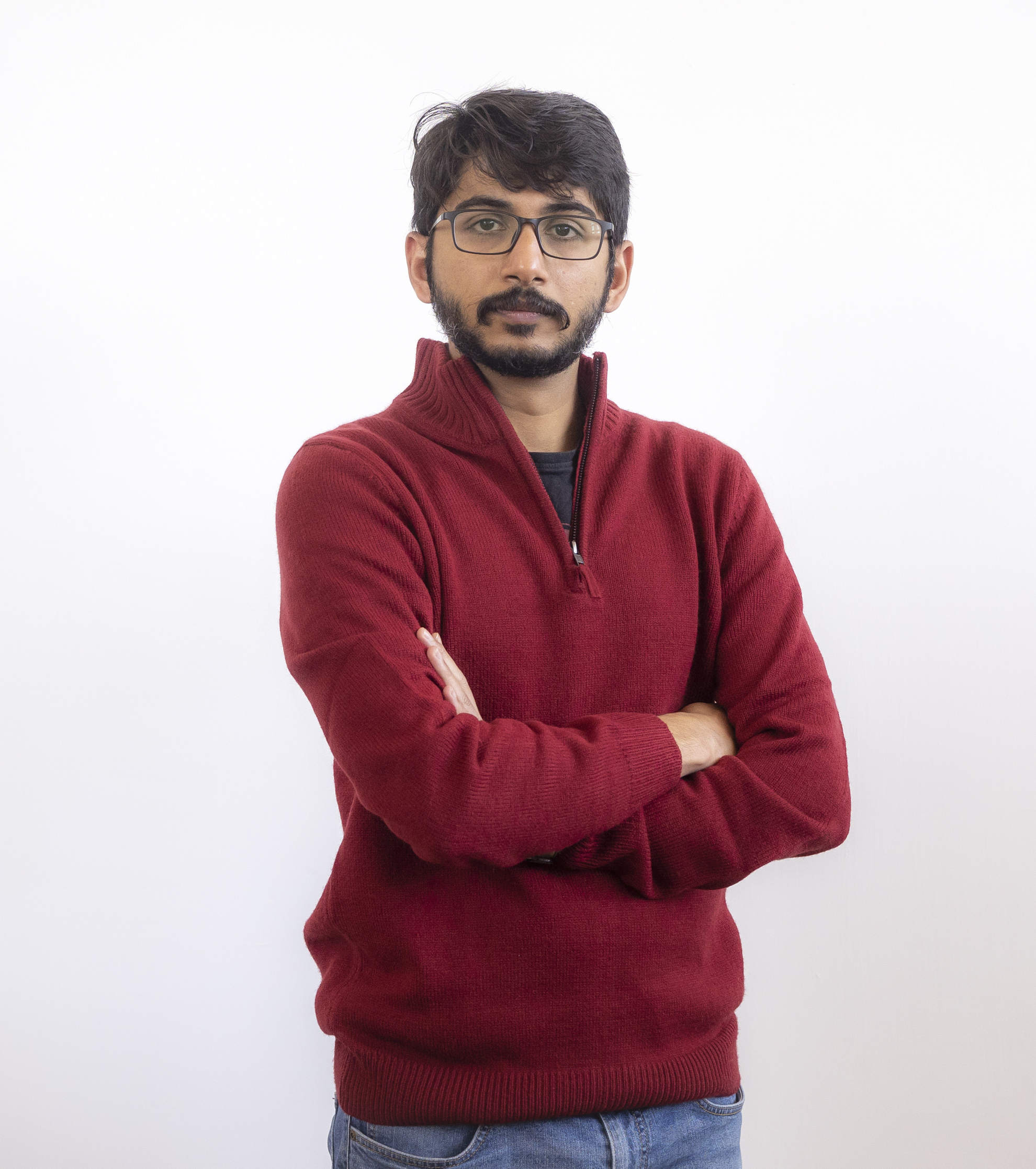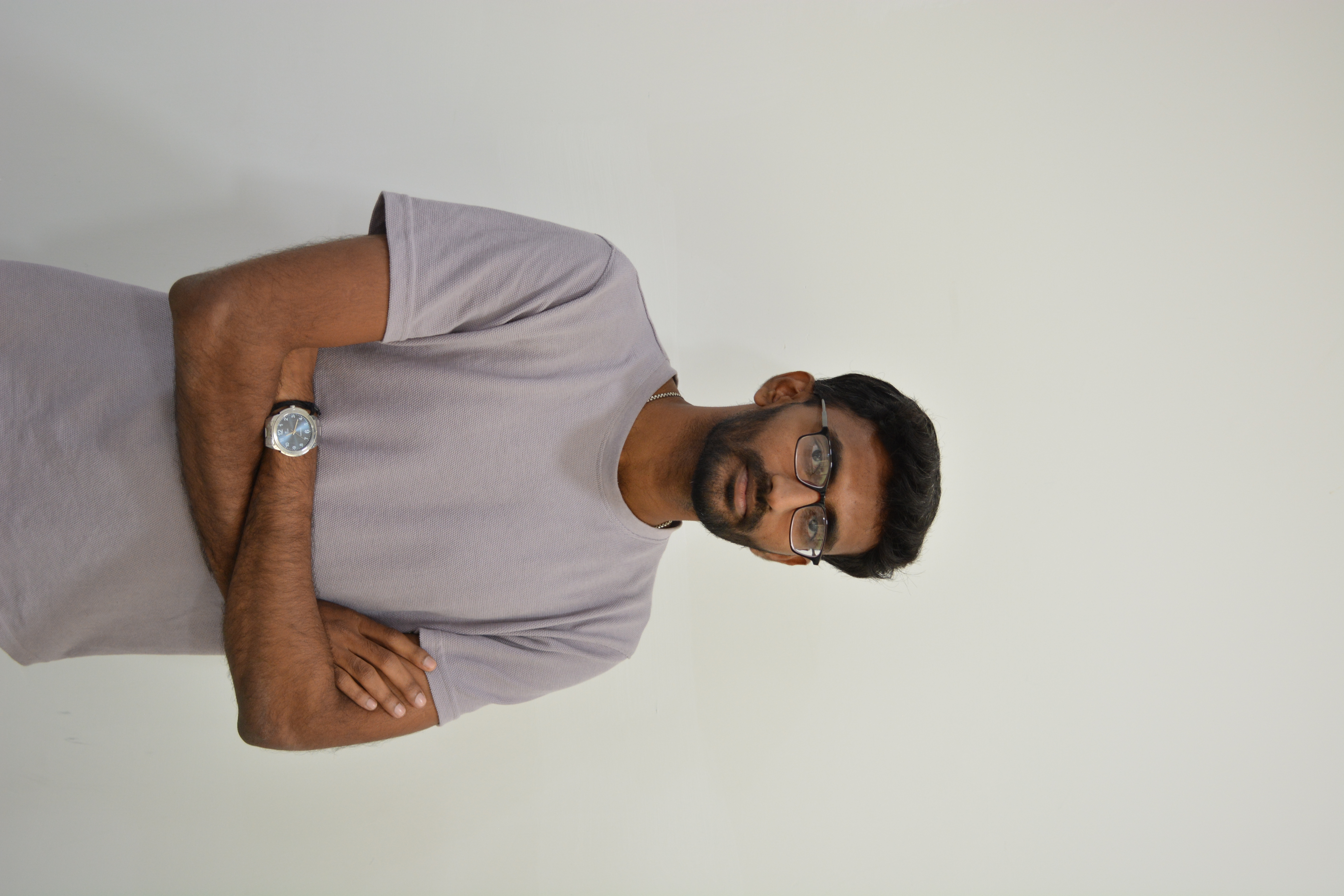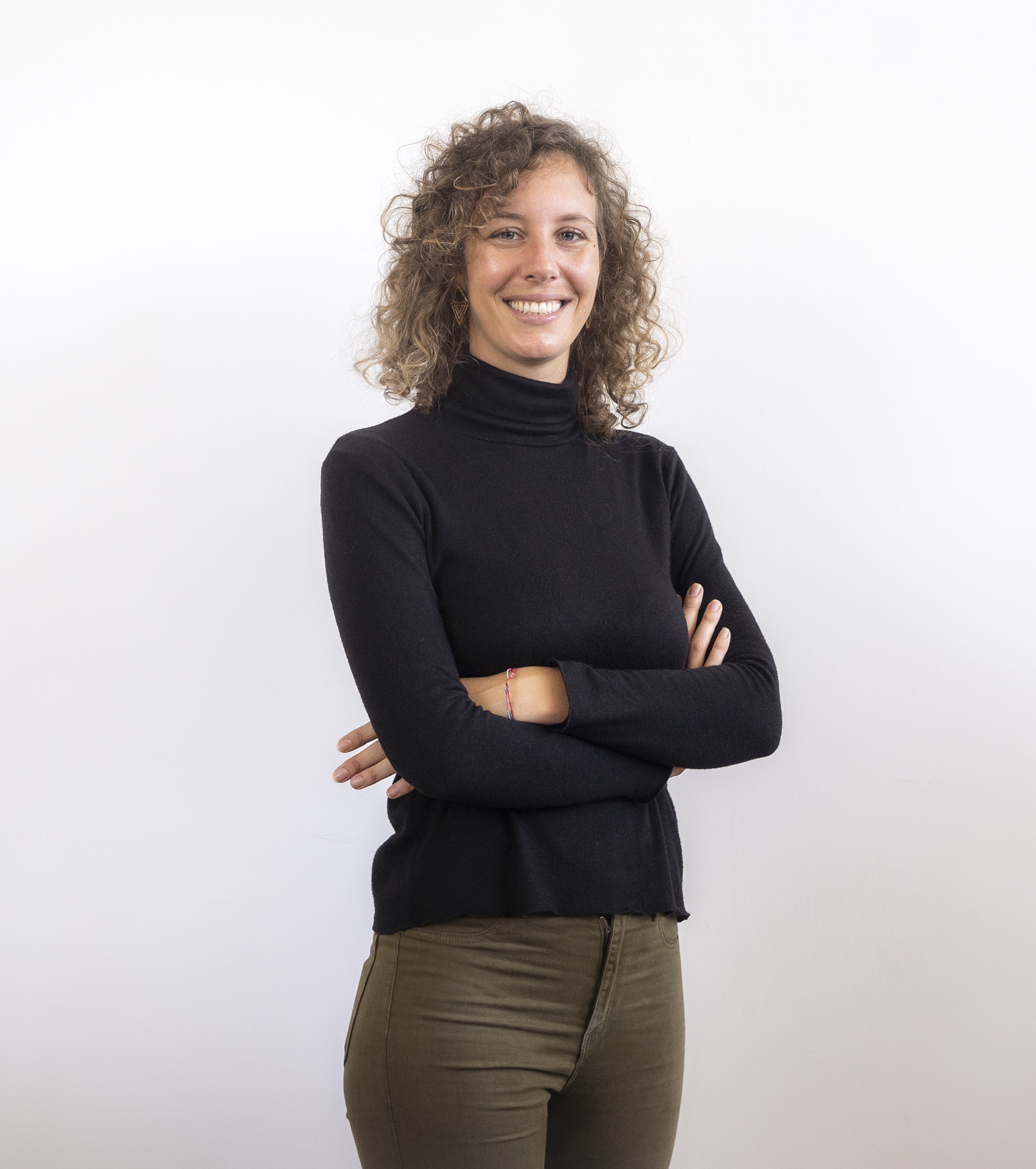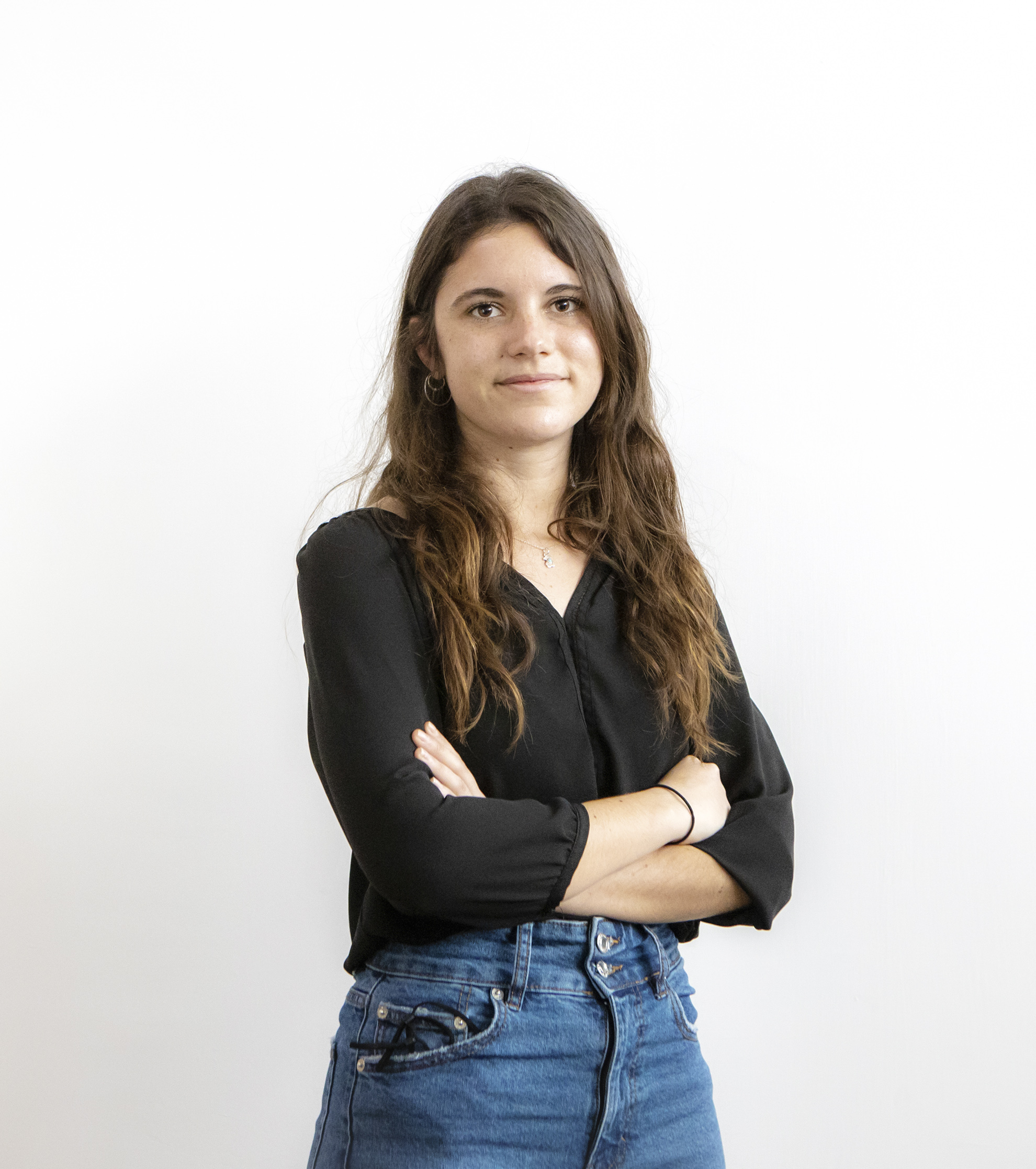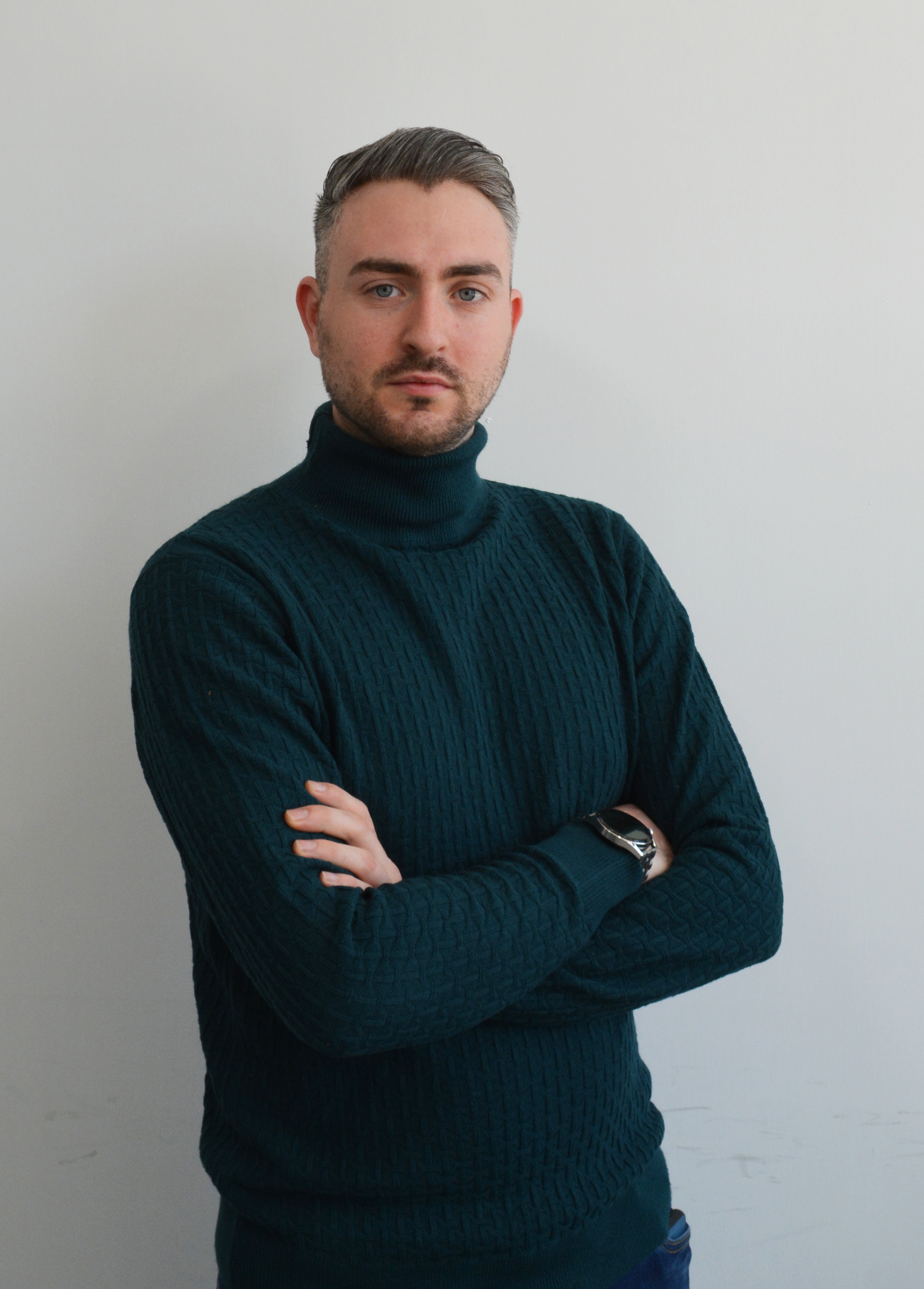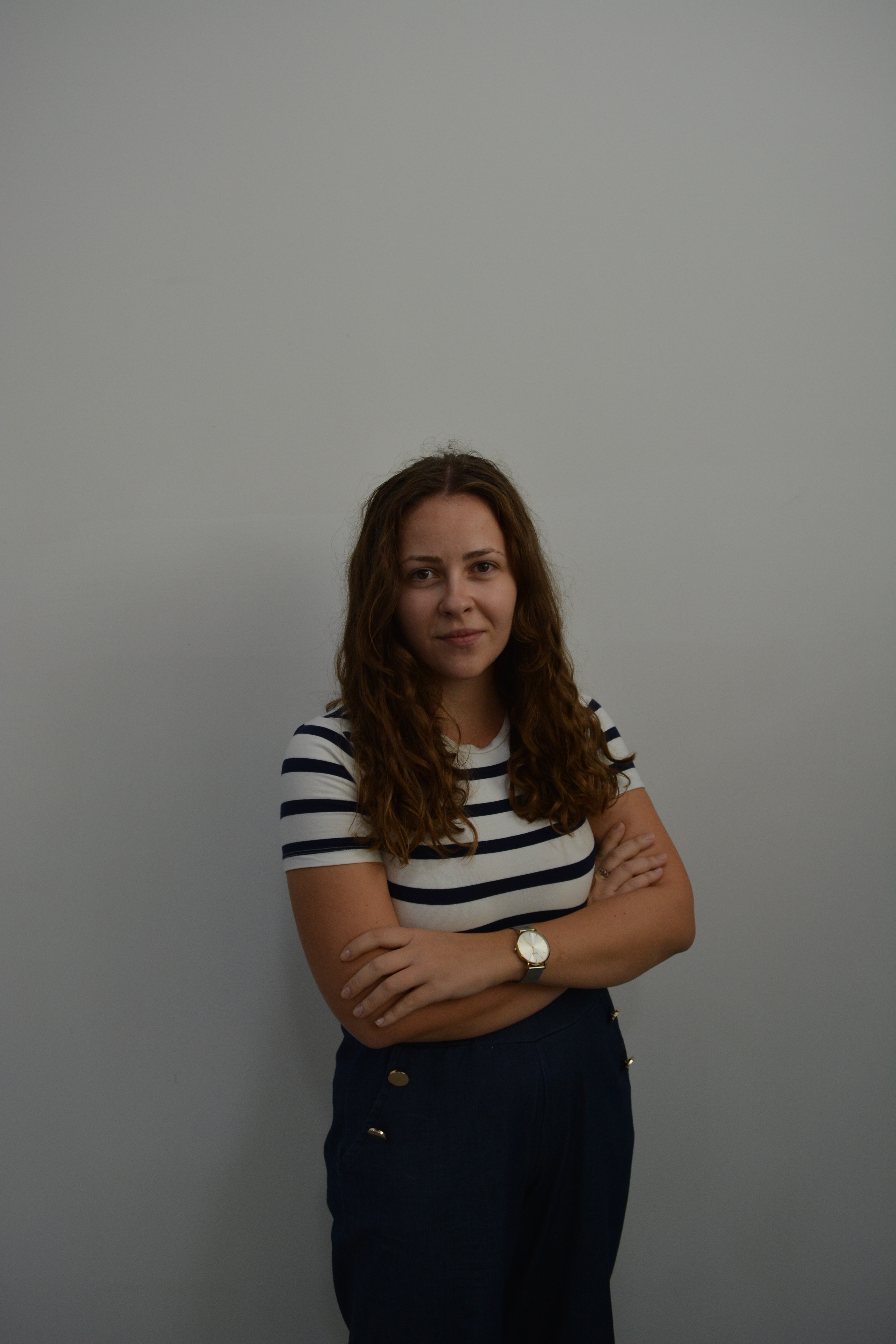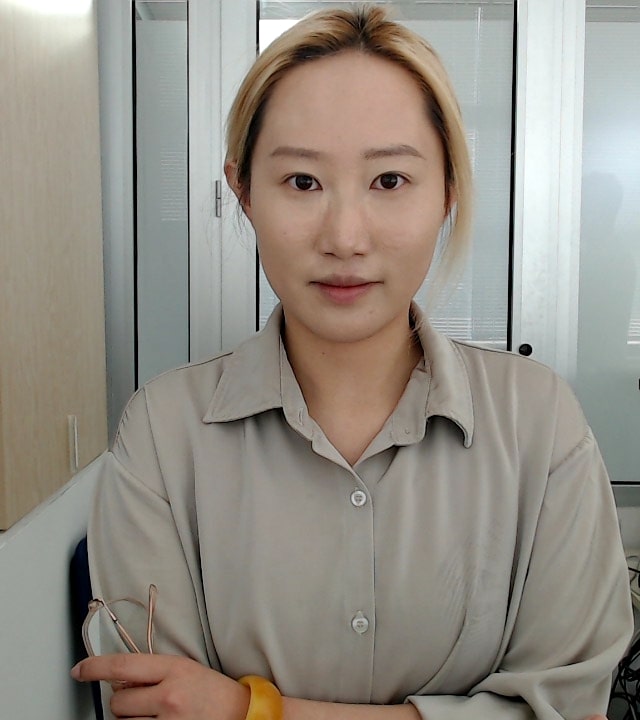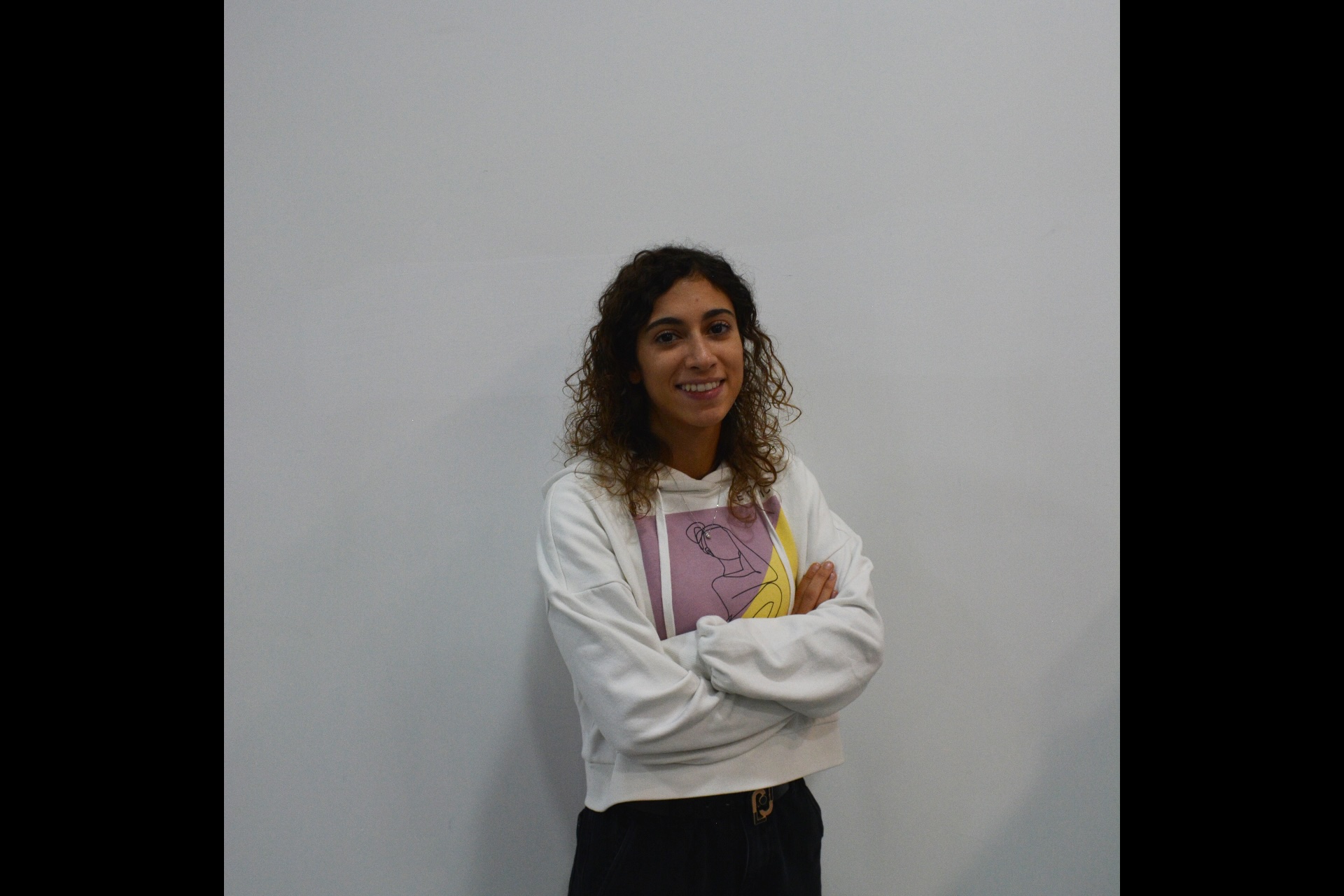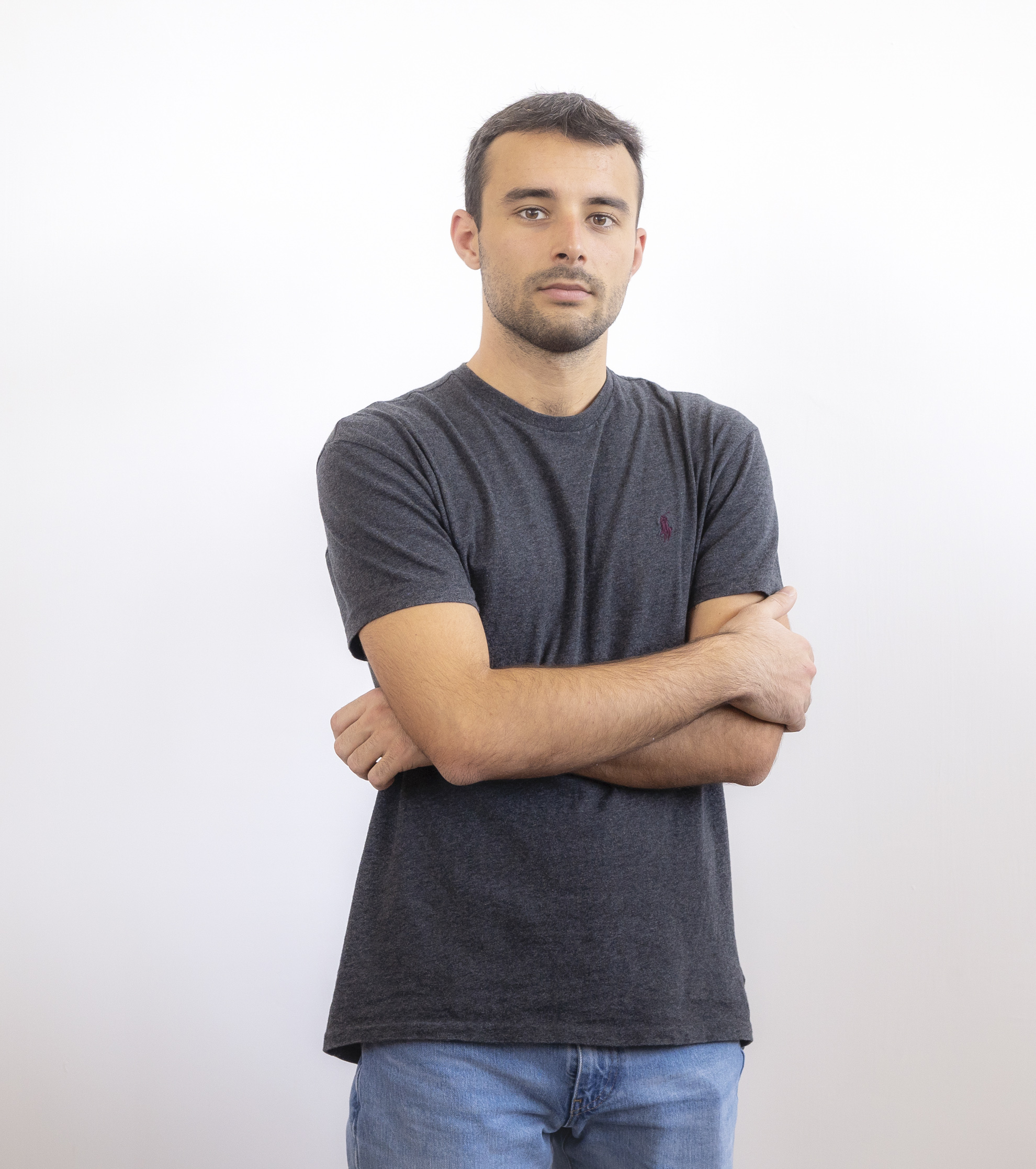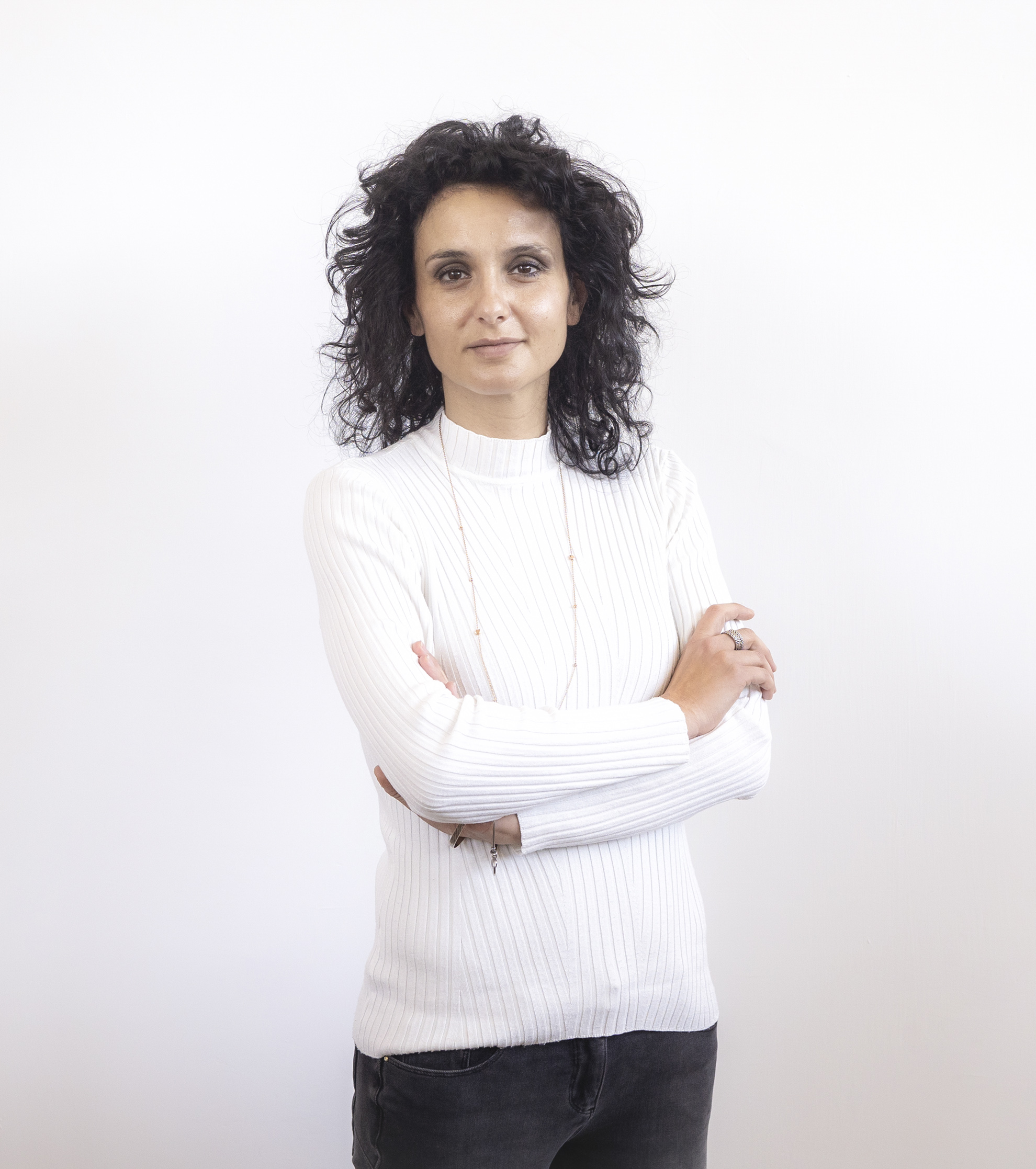Principal Investigator
Head of Retinal Phenotyping Facility
Other positions:
Professor of Medical Genetics, Department of Advanced Biomedicine, University of Naples "Federico II", Italy
Alberto Auricchio, MD is Professor of Medical Genetics at the Department of Advanced Biomedicine, University in Naples “Federico II”, and Scientific Director of Telethon Institute of Genetics and Medicine (TIGEM) in Pozzuoli (NA), Italy. His research is focused on gene therapy of retinal and metabolic diseases using adeno-associated viral vectors. His group has contributed to the phase I/II clinical trial of Luxturna, the first approved gene therapy drug for an ocular disease, and to the development of gene therapy for mucopolysaccharidosis VI in an ongoing phase I/II trial.
Prof. Auricchio is co-author of more than 150 peer-reviewed publications in international scientific journals and inventor of several international patents on the use of viral vectors for gene therapy. Prof. Auricchio is founder, shareholder and consultant of InnovaVector, a CMO for production of AAV vectors, and AAVantgarde Bio, a spin-off interested in developing novel gene therapies for blindness. He is a member on the editorial boards of various journals and of the Executive Board of the European Society of Cell and Gene Therapy.
Prof. Auricchio has received the Outstanding New Investigator Award of the American Society of Gene Therapy and the International Prize for Scientific Research “Arrigo Recordati”. Prof. Auricchio is a multi-grantee of the European Research Council.
Gene therapy and genome editing in the retina
Inherited retinal diseases (IRD) are a major cause of blindness worldwide mostly due to mutations in genes expressed in retinal photoreceptor cells (PR). Recently, our lab has contributed the development of safe and effective gene therapy using adeno-associated viral vectors (AAV). This has led to the approval of the first gene therapy product for an ocular disease (Luxturna) which treats patients with a rare form of inherited childhood blindness. However, several genes expressed in PR and involved in IRD are larger in size than the carrying capacities of AAV vectors. Our goal is to overcome the challenge of transferring large genes to PR in order to develop therapies for common IRDs. Retinal gene therapy has limited applicability in the treatment of dominant IRDs. This is because these diseases are due to gain-of-function mutations for which traditional gene replacement is ineffective. We are evaluating several AAV- and CRISPR-Cas9- based approaches that allow simultaneous blocking of the mutant allele and replacement with a wild type copy. The results from these projects may provide novel treatment options for common severe blinding conditions.
Liver gene therapy and genome editing for mucopolysaccharidosis VI
Mucopolysaccharidosis VI (MPS VI) is caused by deficient arylsulfatase B (ARSB) activity, resulting in lysosomal storage of glycosaminoglycans (GAGs). MPS VI is characterized by dysostosis multiplex, organomegaly, corneal clouding, and heart valve thickening without central nervous system involvement. Enzyme replacement therapy for MPS VI has limited efficacy and requires multiple administrations of costly enzymes. Gene transfer to a factory organ like the liver may provide a life-time source of secreted ARSB. We have shown that single intravascular administration of adeno-associated viral vectors (AAV) 2/8-TBG-ARSB in MPS VI is both safe and effective in animal models and, more recently in humans, with therapeutic levels of ARSB produced by liver that are stable for several years. The long-term outcomes of gene therapy in patients as well as AAV vector dose-refining are in progress. Patients under 4 years of age are currently excluded from trials because potential hepatocyte proliferation may result in AAV episomal DNA dilution and loss of transgene expression. We are evaluating an AAV- and CRISPR Cas9-based approach that integrates the ARSB coding sequence at the highly transcribed albumin locus to obtain stable therapeutic levels of ARSB following newborn administration in animal models. This could be applied to other models of lysosomal storage diseases targetable by liver gene therapy.


- Therapeutic homology-independent targeted integration in retina and liver. Nature Communications, 2022
- Allele-specific editing ameliorates dominant retinitis pigmentosa in a transgenic mouse model. American Journal of Human Genetetics, 2021
- Intein-mediated protein trans-splicing expands adeno-associated virus transfer capacity in the retina. Science Translational Medicine, 2019
- Triple Vectors Expand AAV Transfer Capacity in the Retina. Molecular Therapy, 2017
- Non clinical safety and efficacy of a recombinant AAV2/8 vector administered intravenously for treatment of mucopolysaccharidosis type VI. Molecular Therapy - Methods & Clinical Development, 2017
Complete List of Published Work in MyBibliography.
Quote
Our goal is to develop novel in vivo gene therapy and genome editing strategies for a wide range of inherited blindness and metabolic diseases.
Additional Funding
- FFB - FOUNDATION FIGHTING BLINDNESS - Pleiotropic effect of AAVmiRNA /sponge and mechanisms of protection (2024-2025)
- EXPEDITE - Expanding AAV gene therapy by EDITing,(2023-2028) ERC Adv
- AAVolution - Next-generation AAV vectors for liver-directed gene therapy, HORIZON-EIC, Coordinator
- USHTHER - Clinical trial of gene therapy with dual AAV vectors for retinitis pigmentosa in patients with Usher syndrome type IB (2018-2023), H2020, Coordinator
- StarT – European Training Network to Diagnose, Understand, and Treat Stargardt Disease (2018-2022), H2020, Beneficiary
- UPGRADE – Unlocking Precision Gene Therapy (2019-2023), H2020, WP leader


